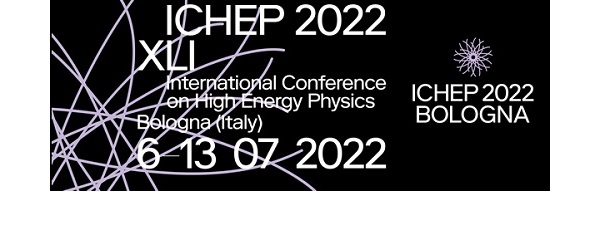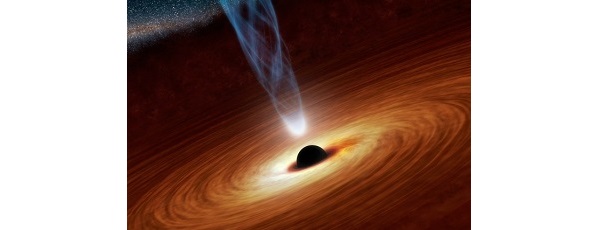The collaboration of the CDF experiment (acronym for “Collider Detector at Fermilab”) has made known the measurement of the mass of the W boson equal to MW = 80 433.5 ± 9.4 MeV, the most accurate measurement ever made. To date, this is our strongest measure, and it manifests a discrepancy between the expected value in the Standard Model and the measured one.
The result achieved rewards the ten-year effort of an experiment to which the Italians, with the constant support of INFN, have contributed decisively, since the beginnings dating back over 40 years ago.
CDF is a historic experiment in physics of elementary particles and fundamental interactions of nature carried out at the Tevatron proton and antiproton collider at the Fermilab high-energy laboratory in Chicago.
The CDF experiment has collected data for almost twenty years, achieving countless important physics results, including the discovery in 1995 of the top quark which is the last of the six quarks envisaged by the Standard Model of elementary particles and fundamental interactions.
Another fuamental particle of the Standard Model is the W boson revealed at CERN in Geneva in 1983. It plays an important role by acting as a mediator of weak interactions and the value of its mass MW represents one of the fundamental parameters in particle physics. Measurements of its mass were carried out with increasing precision, first using experiments at the Tevatron, then at LEP at CERN, and finally at LHC at CERN.
The final step in the Standard Model validation was the observation of the Higgs boson, obtained 10 years ago from the ATLAS and CMS experiments conducted at the LHC accelerator.
The masses of the Higgs boson (MH), of the top quark (Mt) and MW are intimately correlated with each other and their precision measurement allows the Standard Model itself to be tested.
The measurement of the mass of the W carried out by the CDF experiment, described in the article published in Science, is the result of an analysis work that lasted ten years and was based on a sample of about four million candidate W events collected between 2002 and 2011. For these events the distributions of some kinematic quantities obtained from the data were studied and compared with predictions obtained from simulations obtained with reference to different possible values for MW. In this way, after having carried out careful calibrations, we finally obtained the measurement of the mass of the W boson equal to MW = 80 433.5 ± 9.4 MeV. Relative accuracy, about 1 part in 10,000, surpasses all other previous combined measurements. This precision is also comparable with the theoretical one, making it possible to directly compare measurements and predictions.

To realize the relevance of this result, it is important to compare the MW measured value together with the world average obtained for the mass of the top quark Mt (the red outline in the figure on the side) with the theoretical predictions based on the measured value for the mass of the boson of Higgs (the solid blue line). A significant discrepancy can be noted between the most recent MW and Mt measurement and the predictions of the Standard Model. This discrepancy suggests the need for improvements in the predictions of the Standard Model, or the introduction of theoretical extensions with respect to the current Standard Model.
This does not come as a complete surprise because physicists believe that the description of nature provided by this model, however accurate it may be, may be incomplete. Proof of this are the recent discoveries of neutrino oscillations and indications of the possible presence of a type of matter not yet detected in our Universe, the so-called dark matter. In conclusion, this result could be the first indication built on solid experimental foundations and very high precision measures of the existence of new physics, or physics “beyond the Standard Model”, as it is used to say.
Several professors and researchers of the Department of Physics and Astronomy of the University of Bologna, together with colleagues from other Italian universities (Padua, Pavia, Pisa, Rome Sapienza, Siena, Trieste and Udine) and researchers from the National Institute of Nuclear Physics have taken part in the construction of the CDF detector, in the data taking, in the writing of the reconstruction and simulation programs, and in the analysis of the events collected by CDF.
There have also been a number of students, doctoral students and post-docs who have trained within our group over the years. Many of them have benefited of summer periods of stay at Fermilab within a CDF “summer student” program co-financed by INFN for advanced scientific training.

An immense gratitude and an affectionate memory go to Prof. Franco Rimondi o who led the group of researchers of CDF-Bologna until his death.
Publication on “Science”
News on INFN Nazional site







